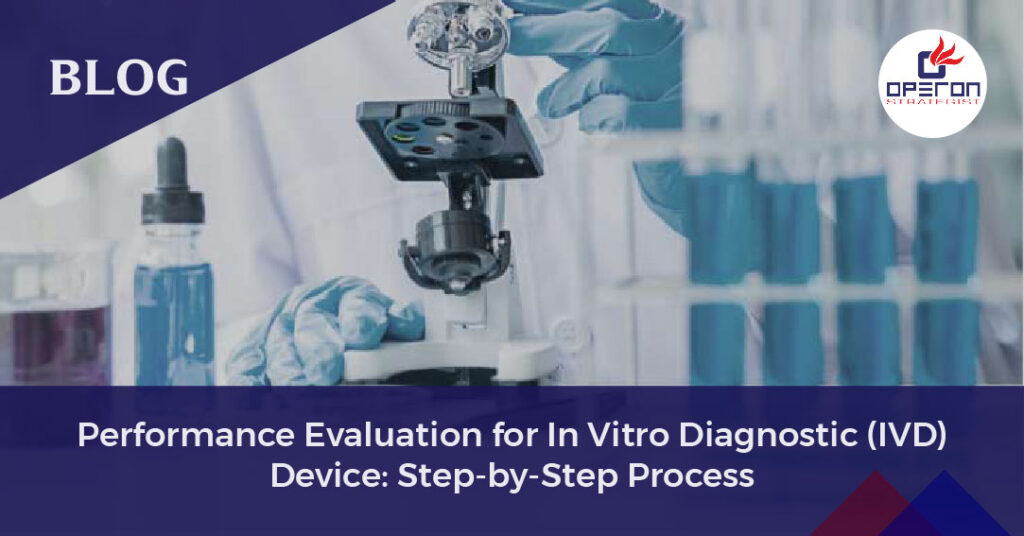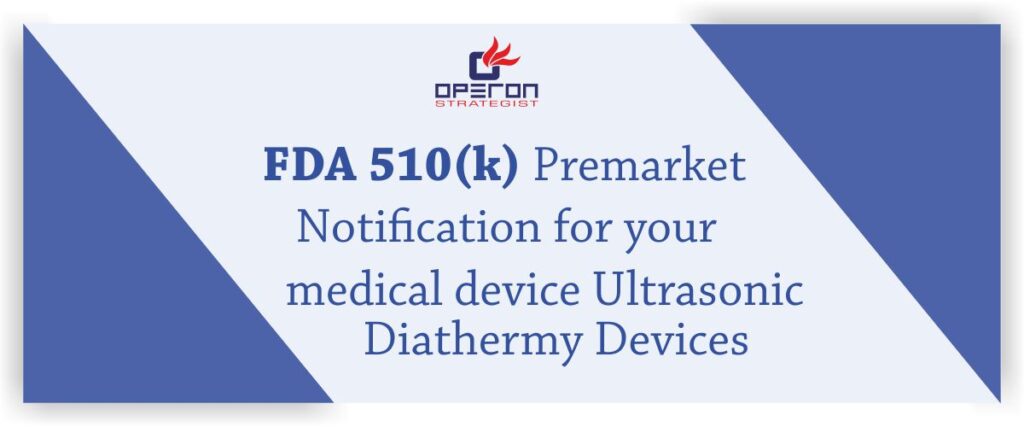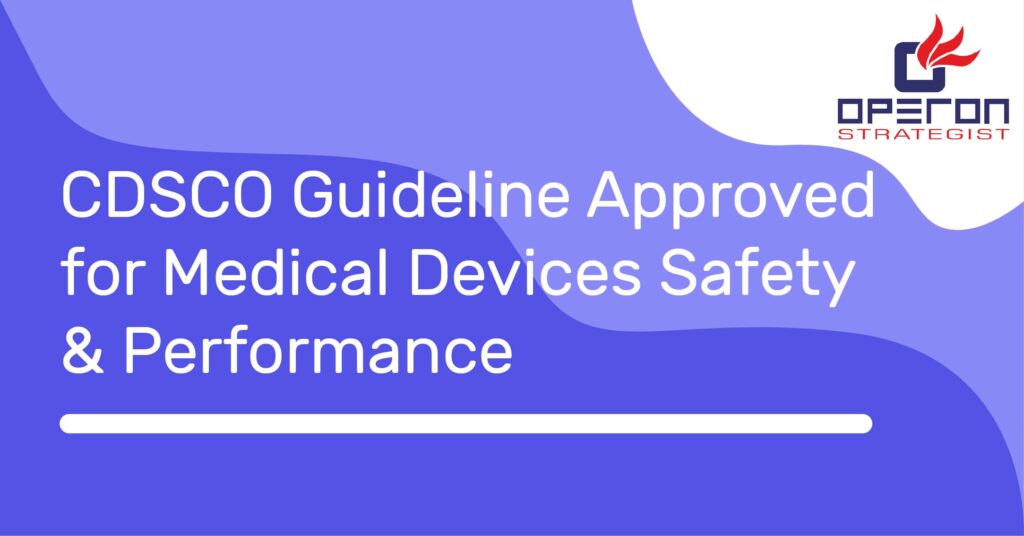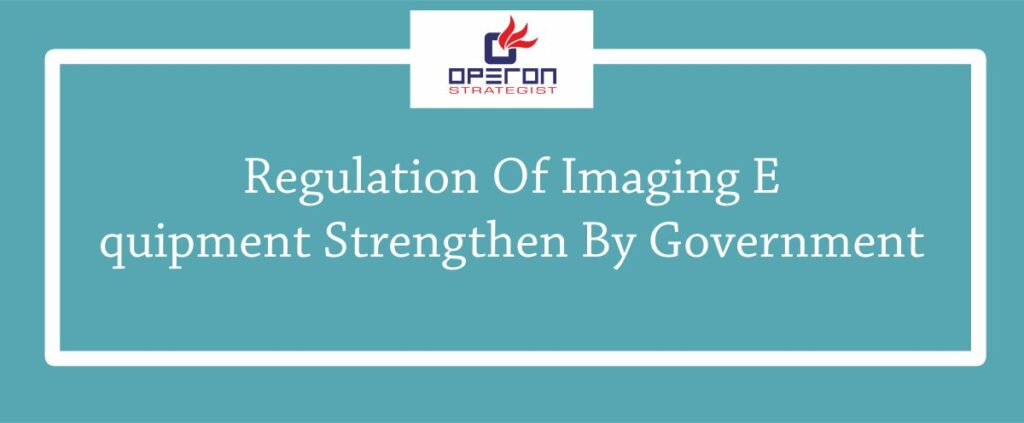Performance Evaluation for IVD Device
In vitro diagnostic (IVD) devices play a crucial role in modern healthcare by aiding in the diagnosis, monitoring, and management of various medical conditions. These devices encompass a wide range of tests and technologies, from simple blood glucose meters to complex molecular diagnostic assays. However, before these devices can be utilized in clinical practice, it is essential to conduct thorough performance evaluations to ensure their accuracy, reliability, and safety. In this blog post, we’ll delve into the intricacies of performance evaluation for IVD devices, highlighting key considerations and best practices.
Read more about Challenges and Opportunities with IVD Industries
Looking For a Medical Device Regulatory Consultant?
Let’s have a word about your next project
Understanding Performance Evaluation
Performance evaluation is a systematic process that assesses the analytical and clinical performance characteristics of an IVD device. This process involves a series of studies and analyses conducted according to regulatory guidelines and standards to determine the device’s fitness for its intended use. Performance evaluation aims to validate the device’s accuracy, precision, sensitivity, specificity, and other relevant parameters.
Why Performance Evaluation is Important?
Under the IVDR Regulation (EU) 2017/746 (IVDR), all IVDs must undergo a Performance Evaluation before being placed on the market. The Performance Evaluation is a continuous process conducted throughout the lifecycle of an IVD, that assesses the Analytical and Clinical Performance, Scientific Validity which forms the clinical evidence for an IVD. The Performance Evaluation is an important aspect of the IVDR, as it ensures that IVDs are safe, accurate, and effective for their intended use.
Steps in Performance Evaluation Process
The stages within the performance evaluation process typically involve the following:
- Establishment of Performance Evaluation Plan: This initial step entails defining the objectives and criteria for evaluating performance, setting a clear roadmap for the assessment process.
- Validation of Scientific Soundness: It involves confirming the scientific validity of the measurement method, ensuring it has been developed using robust scientific principles and methodologies.
- Evaluation of Analytical Performance: This phase focuses on assessing the technical performance of the test, including its precision, accuracy, and reproducibility through technical performance tests.
- Assessment of Clinical Performance: Here, the clinical performance of the test is evaluated, examining parameters such as sensitivity, specificity, positive and negative predictive values, and the receiver operating characteristic (ROC) curve.
- Review of Report Clarity and Completeness: Reports generated from the evaluation process are scrutinized for clarity, completeness, and the user-friendliness of the interface to ensure they convey findings effectively.
- Validation of Clinical Evidence: Through clinical tests, the device’s performance in real-world settings is validated, determining if there is sufficient evidence to support its utilization in clinical practice.
- Compilation of Performance Evaluation Report: The culmination of the process involves the preparation of a comprehensive report summarizing the evaluation results. This report also outlines any identified limitations and provides recommendations for potential enhancements in the future.
Performance Evaluation Report
The Performance Evaluation Report (PER) is a crucial component in the technical documentation, consolidating findings from the Scientific Validity Report, Analytical Performance Report, and Clinical Performance Report. Throughout the device’s life cycle, the PER undergoes updates incorporating new data acquired from the market via a Post Market Performance Follow-up plan (PMPF plan). Notably, it’s the clinical evidence data that guides the formulation of the PMPF plan, with outcomes documented in a corresponding report and integrated into the PER.
It’s imperative to recognize that device evaluation may unearth new and evolving risks. Hence, a mechanism is necessary to align performance evaluation and PMPF with the Risk Management process.
For devices classified as Classes A and B, categorized as low-risk, updating the PER as needed is advised, with a minimum frequency of once every three years. Additionally, it must be readily available for inspection by the notified body when requested. Conversely, for devices falling under Class C and Class D, PER updates should occur as necessary, with a minimum annual frequency.
Guidance Documents for Performance Evaluation Under the IVDR
- GHTF SG5/N6:2012– Clinical evidence for IVDs: Key definitions and concepts
- GHTF SG5/N7:2012– Clinical evidence for IVDs: Scientific Validity Determination and Performance Evaluation
- GHTF SG5/N8:2012– Clinical evidence for IVDs – Clinical performance studies
- ISO 20916:2019– Clinical performance studies using specimens from human subjects
- EN 13612:2002– Performance evaluation of in vitro diagnostic medical devices
- MEDDEV 2.7/1 rev 4
Best Practices for Performance Evaluation
- Plan Early: Start planning the performance evaluation process early in the development of the IVD device to ensure sufficient time and resources are allocated for conducting comprehensive studies.
- Use Appropriate Study Designs: Select study designs and methodologies that are suitable for evaluating the specific characteristics and intended use of the IVD device. Consider factors such as sample size, study duration, statistical analysis, and inclusion/exclusion criteria.
- Adhere to Regulatory Guidelines: Follow regulatory guidelines and standards applicable to the region where the device will be marketed. Ensure compliance with requirements related to study protocols, data collection, documentation, and reporting.
- Involve Key Stakeholders: Collaborate with clinical experts, laboratory professionals, regulatory affairs specialists, and other stakeholders throughout the performance evaluation process to gain valuable insights and ensure comprehensive assessment.
- Document Everything: Maintain detailed documentation of all performance evaluation activities, including study protocols, raw data, analysis reports, and conclusions. This documentation is critical for regulatory submissions and future reference.
Performance evaluation is a critical aspect of the development and commercialization of in vitro diagnostic devices. By conducting thorough analytical and clinical assessments, manufacturers can demonstrate the accuracy, reliability, and safety of their devices, ultimately contributing to improved patient care and healthcare outcomes. Adhering to regulatory requirements, employing best practices, and engaging key stakeholders are essential for conducting successful performance evaluations and obtaining regulatory approval for IVD devices.
Get Expert Assistance For Regulatory Compliance of Medical Devices
Role of Operon Strategist
Operon Strategist serves as a trusted partner and advisor to manufacturers, providing specialized expertise and support throughout the performance evaluation process for IVD devices. By leveraging their regulatory knowledge, scientific acumen, and industry experience, they help manufacturers navigate regulatory hurdles, mitigate risks, and achieve successful outcomes in bringing innovative diagnostic technologies to market.
Additionally, we offer comprehensive turnkey project management solutions tailored to manufacturers’ needs. Our services encompass Quality Management System (QMS) support and regulatory consultation services.

-
Operon Strategisthttps://operonstrategist.com/author/snehal/
-
Operon Strategisthttps://operonstrategist.com/author/snehal/
-
Operon Strategisthttps://operonstrategist.com/author/snehal/
-
Operon Strategisthttps://operonstrategist.com/author/snehal/




